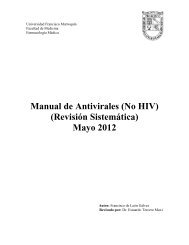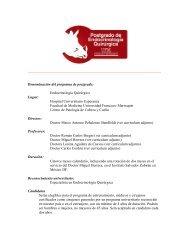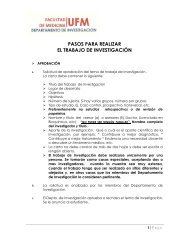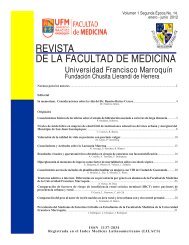Teaching That Sticks (pdf)
Teaching That Sticks (pdf)
Teaching That Sticks (pdf)
- No tags were found...
You also want an ePaper? Increase the reach of your titles
YUMPU automatically turns print PDFs into web optimized ePapers that Google loves.
tainer overboard which held 7,200 packages of plastic<br />
toys, including thousands of rubber duckies. Years<br />
later, we know where many of these rubber duckies<br />
ended up. In fact, many of them ended up on the same<br />
beach! By tracing the paths that these duckies swam,<br />
we learn a lot about the way ocean currents work.<br />
Next, we let the kids do some hands-on experimentation.<br />
We’ll set up tanks of water with different salinities<br />
and different temperatures, and let them see how<br />
those variables change the water current. In essence,<br />
we are letting them create their own ocean currents.<br />
Finally, we’ll pivot to the critical role that oceans<br />
play with global climate. We’ll start by asking them:<br />
What determines the weather of a city, like New York<br />
City? Inevitably, students say it depends on the latitude<br />
of the city – the closer to the equator the city is, the<br />
warmer it is, and the closer to the poles it is, the colder<br />
it is. There is much truth to that, but there are huge<br />
discrepancies: For instance, New York City and Madrid<br />
are at roughly the same latitude. Yet it snows every<br />
winter in NYC and it doesn’t snow in Madrid. What’s<br />
the difference? <strong>That</strong> paves our way to talk about the<br />
way that ocean currents influence climate.<br />
In closing, notice that all of the elements of sticky ideas are<br />
involved here.<br />
Our hats are off to these teachers. And we hope you’ll be<br />
motivated by their work, and the work of the other teachers<br />
we’ve cited. We hope we’ve inspired you to try something<br />
new, and if you do, we’d love to hear about it. May your<br />
ideas stick!<br />
- Chip & Dan<br />
chip@madetostick.com<br />
dan@madetostick.com<br />
If you liked this article, you’ll like our book, Made<br />
to Stick. At roughly 10x the length of this article,<br />
we were able to cover many more concepts, in<br />
more depth, than we could here. Made to Stick is<br />
available via your local bookseller (Barnes & Noble,<br />
Borders, Waldenbooks) and more immediately via<br />
Amazon.com, where it is only $16.47.<br />
www.amazon.com/Made-Stick-Ideas-Survive-Others/dp/1400064287/<br />
• Simple: Anchoring in students’ knowledge<br />
of weather (New York vs. Madrid).<br />
• Unexpected: Where will the bottle end<br />
up? Where did the duckies end up?<br />
• Concrete: The message in a bottle, the<br />
rubber duckies, the hands-on tanks of<br />
water, the mention of specific cities.<br />
• Credible: See for yourself, using this<br />
tank, how temperature affects water<br />
current.<br />
• Emotional: Think of the hope and mystery<br />
and anxiety involved with tossing<br />
an important message into the sea and<br />
wondering where it will go.<br />
• Story: The tale of thousands rubber<br />
duckies that fell overboard—and the<br />
journey they took around the world.<br />
<strong>Teaching</strong> that <strong>Sticks</strong> 11








